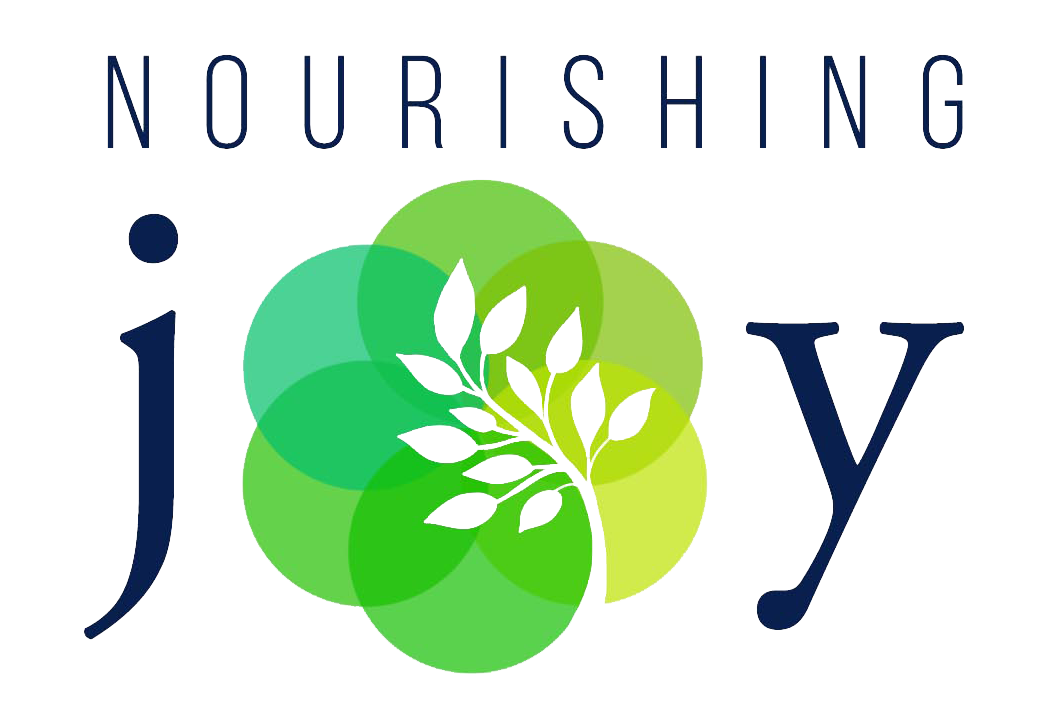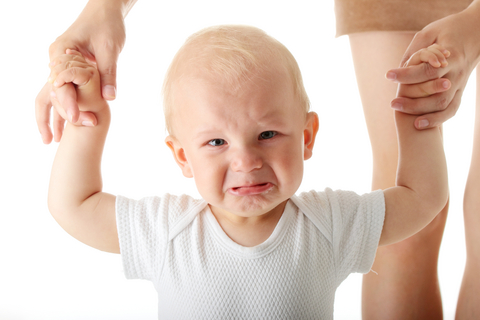Cloth Diapering When Your Child Has Eczema (or Other Skin Conditions)
This post may contain affiliate links, including those from Amazon.com, which means we earn a small commission off your purchases. And here's the thing: We only mention services and products that we think are truly worth your attention, whether they're free, paid, or otherwise. This site relies on YOUR trust, so if we don't stand behind a product 110%, it's not mentioned. Period.
For those of you who struggle with a baby with extra sensitive skin, eczema, or chronic diaper rash, I feel your pain. Caring for babies who are constantly itchy, sore, or suffering from open wounds can be a form of torture all its own and is often miserable for both you and your child.
The good news is that cloth diapers can significantly help. Depending on the condition, cloth diapers can either minimize the frequency and severity of outbreaks or can completely clear up some skin irritations. Here are a few ways to keep your baby’s skin as healthy and comfortable as possible.
Use natural fibers.
The most important part of getting the skin to heal and not become irritated is to allow air to get to the skin. Thus, the breathability of your diaper is of utmost importance. Any cloth diaper will offer significantly more breathability than a disposable, but even within the range of cloth diapers available, diapers with natural fibers will allow much more breathability than diapers with synthetic materials. Some especially good choices are organic prefolds (available in both unbleached cotton and hemp) and cotton, hemp, or bamboo fitted diapers.
Use wool covers.
Wool is the champion of natural fibers and provides the best breathability cloth diapering can offer. Especially at night or at naptime when you can’t change the diaper as often, wool is an excellent option for allowing air to get to the skin and helping the skin stay dry. Getting air to the skin keeps yeast and other bacteria at bay, as well as it also dries out the uric acid and other irritants that can badly inflame the skin.
Change often and allow for diaper-free time.
Change your baby often – even more often than it seems necessary – just to keep Baby clean and dry. Make sure that once you wipe your baby down, you leave the skin exposed to the air until it’s completely dry before closing up the diaper. It can also be a great help to give your baby “diaper free time” a few times a day, especially if it’s sunny. Just lay out a blanket on the floor (maybe an extra-large blanket if you have a boy…) and let the baby play while his or her skin is left to dry and heal. Air and sunshine on an irritated bum can work wonders!
Protect if necessary.
While making sure skin stays dry is the best way to heal, there are times when you just need to slather on a salve to calm and heal a major outbreak. In that case, use either zinc-based creams or vegetable oil-based (rather than petroleum oil-based) diapering salves to soothe your little one’s bum. You can see our favorite homemade diaper cream here.
If you use a diapering ointment of any sort, I definitely recommend that you use a liner inside your diapers to keep the salve from coating the diaper’s fibers, which can cause leakage and interfere with the fibers' absorbency.
Happy diapering!




